Notes
Memorializing
“I think people, to some degree, know we’re at war,” Ruak says. “People are going to die, but when they’re confronted with, ‘This is an individual with a name,’ that makes a difference.”
— Steve Ruark, AP
I have long admired Ashley Gilbertson’s work personifying US soliders killed in Iraq and Afghanistan. Having posted and written about his conflict photos from Iraq (1, 2, 3, 4), BagNews also did an audio slideshow of his “Bedrooms of the Fallen” series. Given how America effectively turned its back on these wars, the difficult challenge for photojournalists like Ashley has been how to use imagery to bring home the war, and its fallen, in a personally identifiable way. The essence of the bedrooms series was to allow us to relate with an individual young man or woman based on the way their young personalities were displayed on the four walls of their room in their childhood home.
Ashley takes a similarly elemental approach in a NYT story timed for Memorial Day, one of two prominent posts so designed. What he details for us is the care mortuary staff at Dover Air Force Base (“from 7 workers in 2001 to more than 60 today”) take to pair each corpse, intact or cremated even, with a perfect version of the soldier’s dress uniform.
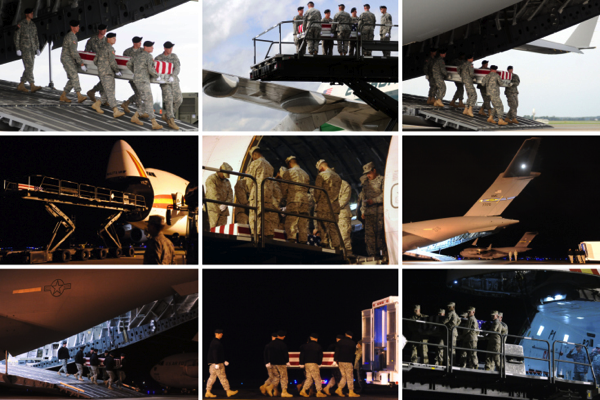
The other story I’m referring to is a post and slideshow at TIME Lightbox, also based on the return of fallen soldiers to Dover. Since 2009, when the return of remains of US soldiers (known as “dignified transfers”) became open to the media again, AP photographer Steve Ruark has covered almost 500 of them. The focus of the TIME post are 161 slides capturing the return of one corpse after another (all the soldiers named in the captions).
The way they are written, no one would describe either of these posts as anything less than sensitive and heartfelt. The anecdotes in the Times article about preparing the uniforms are extremely touching, as is the description in the article at Lightbox (even if journalists are not allowed to photograph them) of family reactions on the tarmac. The voluminous TIME slideshow also serves like a roll call or something of a memorial wall.
At the same time, however, what is interesting is just how actuarial both posts are, focusing more on the production and process of ritual. To the extent there is poetry to a roll call, however, I can’t say the bottom far right image of the 13 above, the 34th slide out of 161 is really all that evocative of Marine Lance Cpl. David R. Baker, whose remains were returned on February 12, 2010. And as carefully, even lovingly, as “Staff Sgt. Miguel Deynes prepares a final uniform for Capt. Aaron R. Blanchard, 32, at the Dover Air Force Base mortuary,” I’m drawn as much or more to the hanging uniforms and the racks of pink circles containing different insignias and medals.
To the extent these stories are about the numbers and elements, in fact, this shot by Gilbertson probably does the best job of getting that close to the detailing:
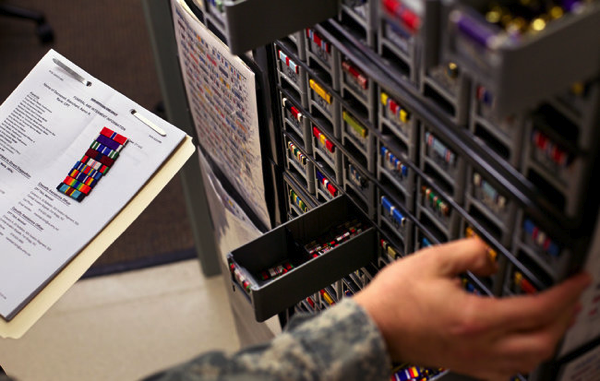
But then, after the mind numbing trauma and the terribly conflictual circumstances surrounding these costly campaigns, perhaps it’s to our credit we can focus so poignantly and unambiguously, if not on the individuals, necessarily, on our absolute scrupulousness toward their final containers and envelopes.
(photo 1 & 3: Ashley Gilbertson for The New York Times. caption 3: Sergeant Deynes, guided by an official military record, assembles the badges, medals, unit patches and ribbons that would go on the dress jacket. photo 2 – montage: Steve Ruark, AP.)
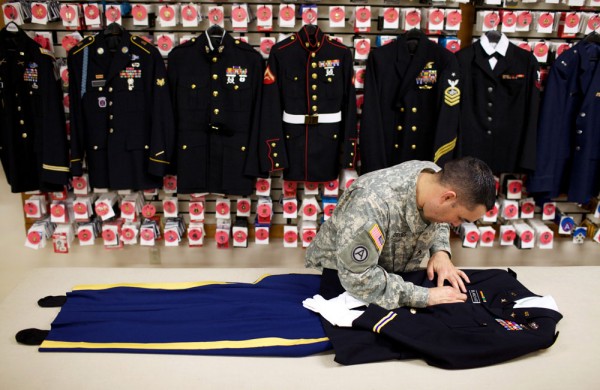
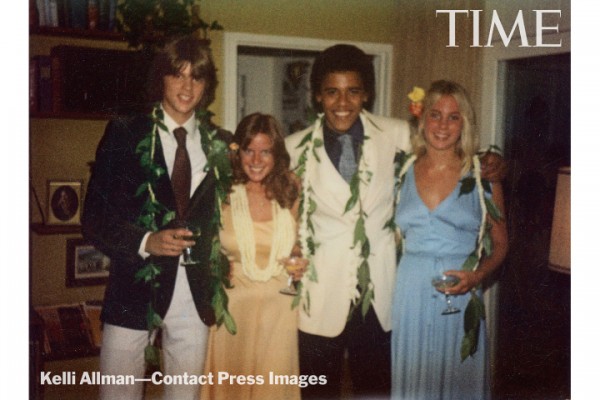
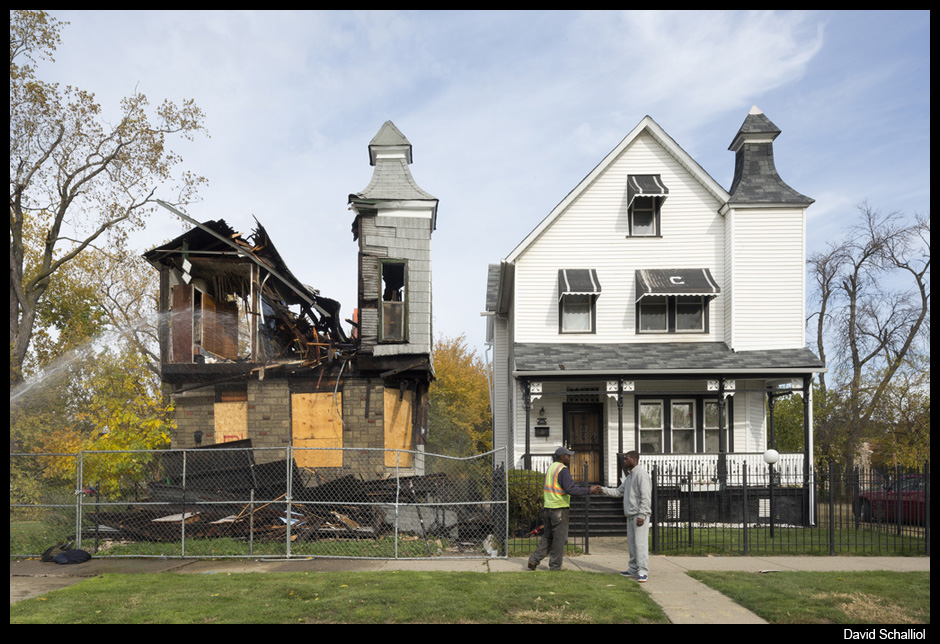
Reactions
Comments Powered by Disqus